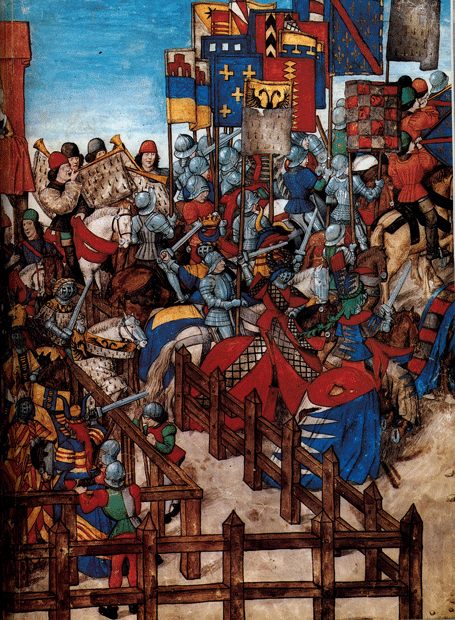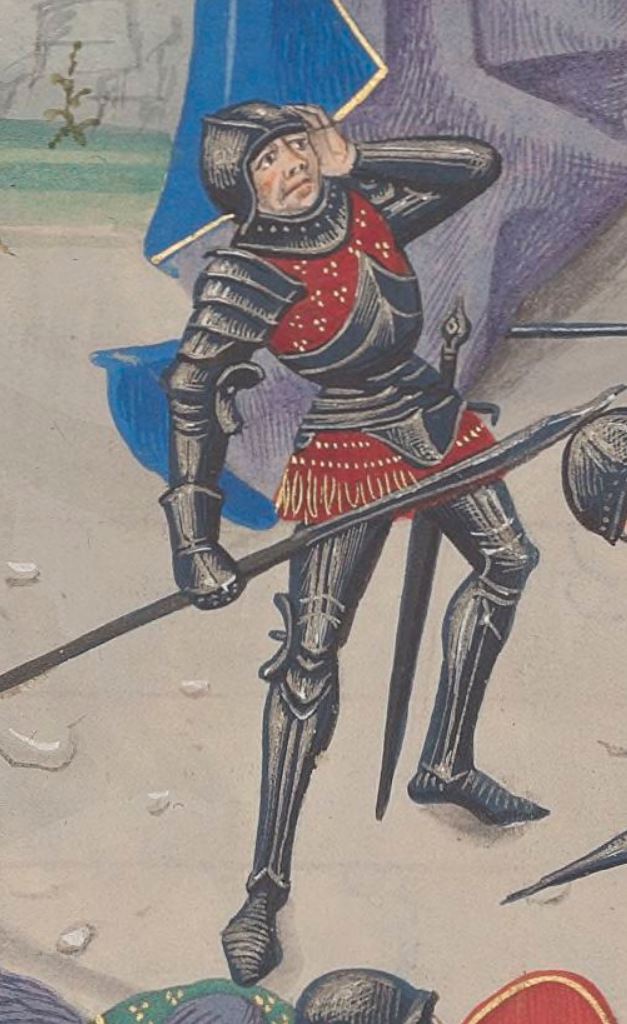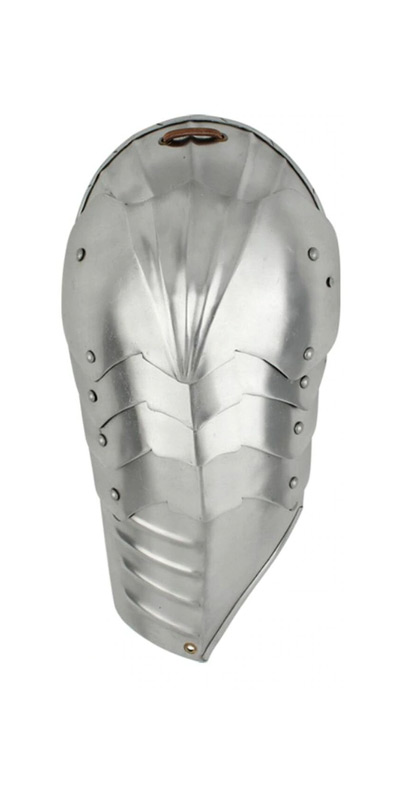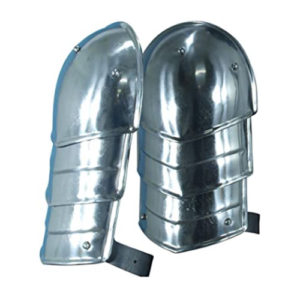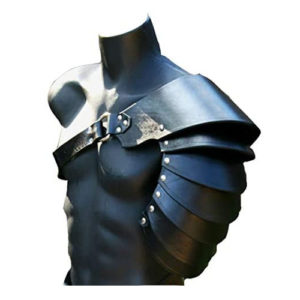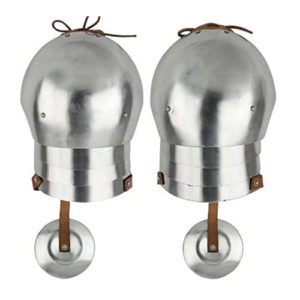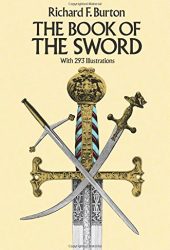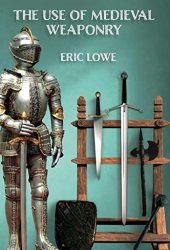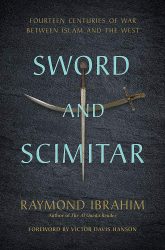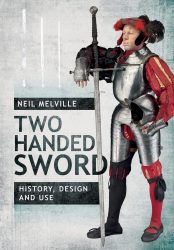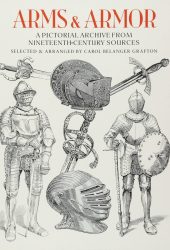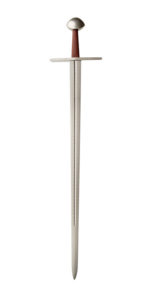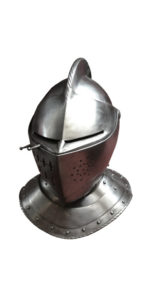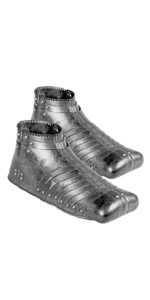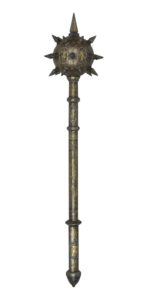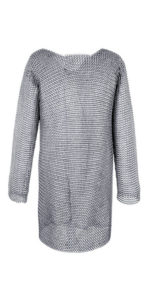The Spaulder is a piece of armour, typically a single plate, usually made of steel or iron, that covers the shoulder and is secured with straps of leather or rivets. When built out of parts, the parts were able to move separately in order for the spaulder to not affect movement.
The use of spaulders developed during the early 14th century as an addition to mail for extra protection. The first often appearances were in the 1400s and by the 1450s spaulders were attached to the upper cannon or rerebrace.
Spaulders, unlike pauldrons, don’t cover the armpits. These are, instead, left bare exposing the mail below or covered by besagews.
Etymology and Evolution of the Spaulder
The origin of the word spaulder dates back to the Middle English spald or spalde, the Old French espalde or espalle, and the Latin spatula.
In the 15th century, spaulders evolved into pauldrons. Pauldrons also covered the shoulder area but tended to be larger than the former, sometimes reaching parts of the back and chest and covering the armpit.
Pauldrons typically consisted of a single large dome-shaped piece over the top, with multiple lames attached to it to cover the upper shoulder and arm. Some suits of armour featured asymmetrical spaulders, with one being smaller – hence providing less protection but more mobility. Sometimes they also had a cut-away to make room for a lance rest.
Spaulders and Jousting
The pauldron was an essential part of the jousting suit. Although most points in a jousting competition were given for unhorsing and striking an opponent, there were also rewards for when a lance hit the enemy pauldron.
Many pauldrons used a lance rest to help the knight ready the lance for stronger blows. When this rest was present, the pauldron tended to be cut shorter. It was usually the right one that had it.
Jousting pauldrons were padded with cloth to minimize injury (and to keep it from scraping against the breastplate). This padding usually extended about half an inch from the rolled edge of the armour and was secured in place using rivets along the edge. Jousting padding was thicker than battle padding.
Medieval Depictions of Spaulders
